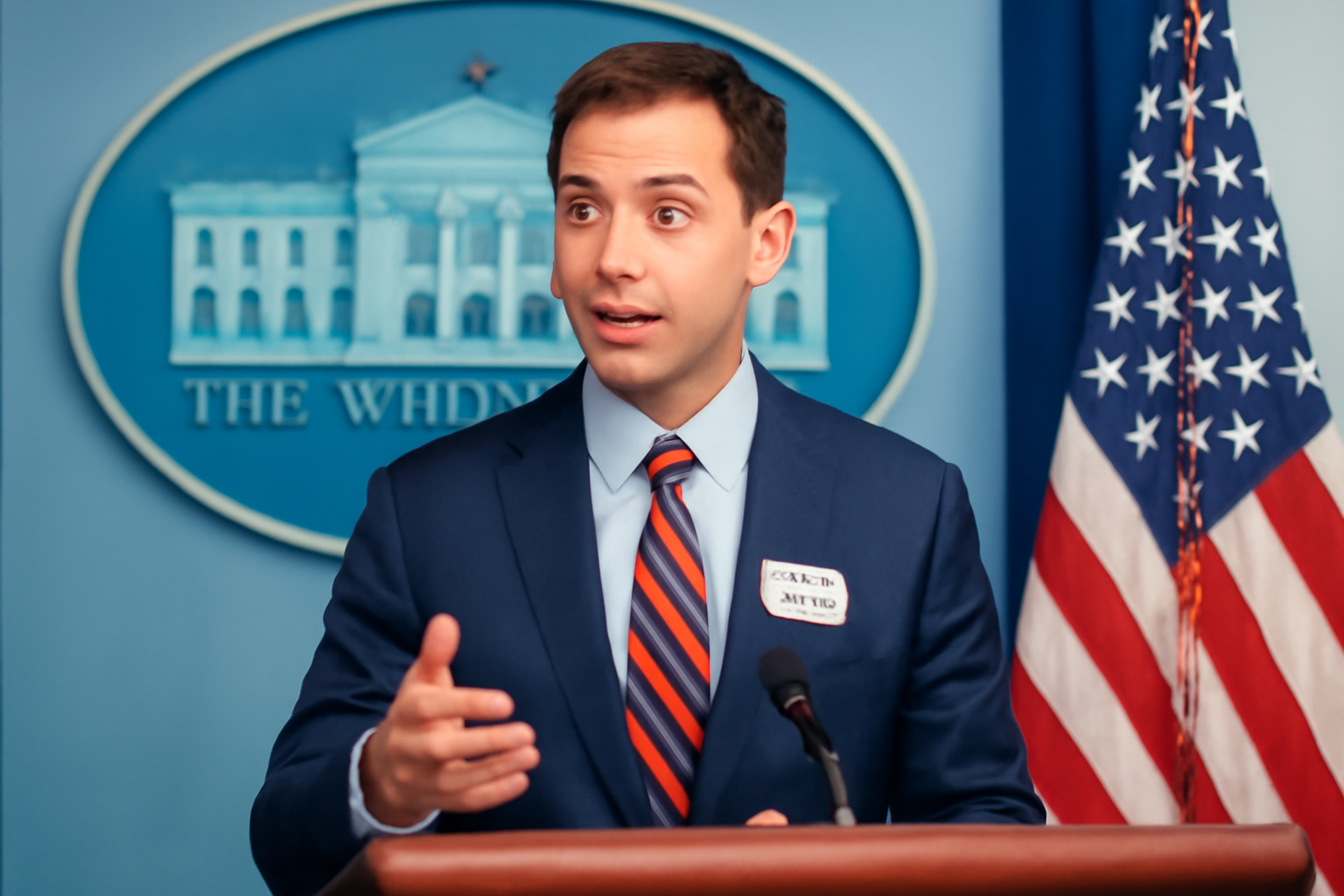
The issue of how the White House engages with reporters who include pronouns in their email signatures has sparked a lively discussion about inclusivity and communication policies at the federal level. This topic has gained attention as reporters and advocates for LGBTQ+ rights express concerns over the perceived lack of acknowledgment from the current administration. Understanding the importance of this issue requires a deep dive into the intersection of communication policy, inclusivity, and the evolving landscape of identity politics in the United States.
The Importance of Pronouns in Modern Communication
Pronouns play a critical role in modern communication, particularly for individuals within the LGBTQ+ community. Including pronouns in email signatures is a common practice that signifies respect for people's identities and promotes an inclusive environment. For many LGBTQ+ individuals, the use of correct pronouns is not just a matter of preference but of respect and recognition of their identity.
Pronouns are essential in setting a tone of respectfulness, and their use in professional correspondence is seen as a small yet significant step toward inclusivity. When institutions like the White House engage with the public, acknowledging these practices can send a strong message of commitment to diversity and equality.
Current Observations and Concerns
Reports have emerged suggesting that some correspondents feel their inquiries are not being addressed properly when they include pronouns in their email signatures. This has led to speculations about whether such practices are being intentionally overlooked or if they indicate a broader issue within the communication channels of the administration.
The lack of acknowledgment could be perceived as a subtle form of discrimination, which may discourage reporters from openly identifying or supporting LGBTQ+ rights in their professional interactions. For many, this raises questions about the administration's stance on inclusivity and whether it fully embraces diversity initiatives.
The Role of Inclusivity in Government Communications
Government institutions, including the White House, have a responsibility to model inclusivity and acceptance. This not only adheres to principles of equality but also sets a standard for how public and private entities across the nation should operate. By acknowledging and respecting the use of pronouns, the White House can demonstrate leadership in promoting an inclusive environment.
Inclusivity in communication extends beyond just pronouns; it encompasses understanding and addressing the diverse needs of all citizens. The initiative to make all individuals feel recognized and respected is an ongoing effort that requires commitment at all levels of government.
Steps Toward More Inclusive Policies
To address these concerns, the White House could implement several strategies aimed at fostering a more inclusive environment. Firstly, updating communication guidelines to explicitly support the use of pronouns in professional interactions would be a positive step. This could be coupled with training programs for staff to better understand the importance of pronouns and the impact of inclusive language.
Furthermore, establishing a feedback loop where journalists and the public can express their concerns or suggestions regarding communication practices might also prove beneficial. Regular reviews and updates to communication policies can ensure they remain relevant and reflective of societal progress in inclusivity.
Finally, public statements affirming the administration’s commitment to LGBTQ+ rights and inclusivity could help in rebuilding trust with communities that feel underrepresented or ignored. Such measures would not only benefit the government’s relationship with the press but would also reinforce its dedication to diversity as a core value.
Conclusion
As the conversation around pronouns and inclusivity in communication continues, it is crucial for the White House and other government bodies to lead by example. By respecting and acknowledging the identities of all individuals, the administration can help foster a culture of acceptance and equality. This not only benefits the LGBTQ+ community but enhances the overall effectiveness and inclusivity of government communications.
Ultimately, addressing these issues requires an ongoing commitment to diversity and an understanding of the profound impact that inclusive communication can have on society as a whole.
Related Posts
Triumphant Trans Woman Wins Legal Battle and Inspires Others to Stand Up for Their Rights
Breaking new ground: a landmark victory in transgender rights After battling in courtrooms and enduring endless challenges, Diana Portillo, a transgender woman, has secured a monumental victory in her decade-long fight against workplace discrimination. The result? Nearly $1 million awarded in a historic settlement. But this isn't just a win on paper—it represents a powerful precedent in combati [...]
Pride Month in Latin America: Protests and Demands for Equality
**Celebrating Pride and advocating LGBTQ+ rights in Latin America** Pride Month in Latin America was a lively mix where celebration met activism. Communities united, not just throwing a party but making a stand—demanding equality and pushing governments toward better protection and rights recognition. Throughout Latin America, pride events erupted in marches and cultural displays, each with a c [...]
Transgender Erasure Actions Implemented by National Park Service
```html Trump administration's impact on national park service and transgender recognition The Trump administration made notable moves in undermining transgender representation, which included directing agencies like National Park Service not include "T" and "Q" when they refered “LGBTQ” in any official communication. This move seems part a broader plan by this administration aimed at reducin [...]